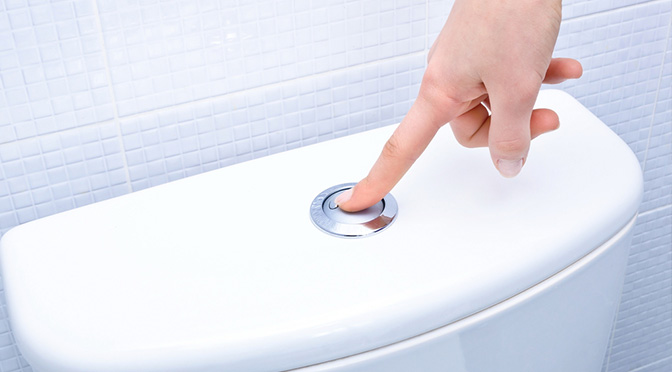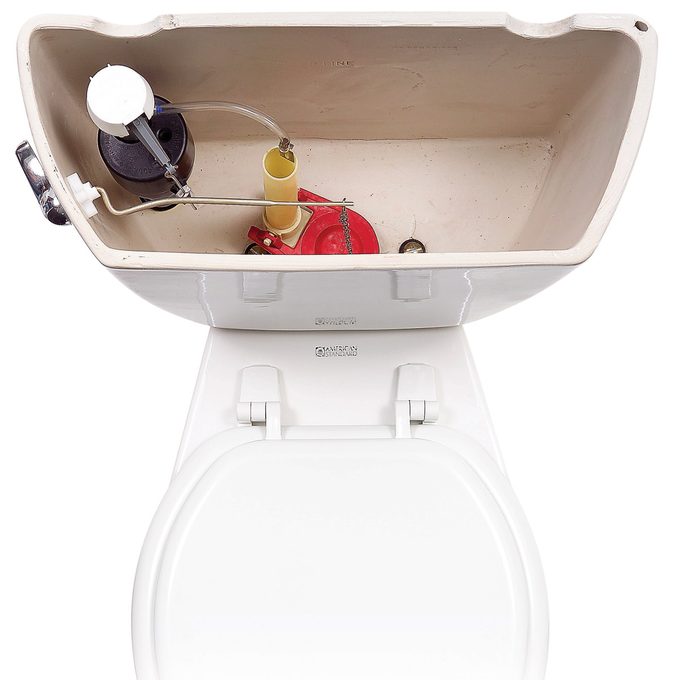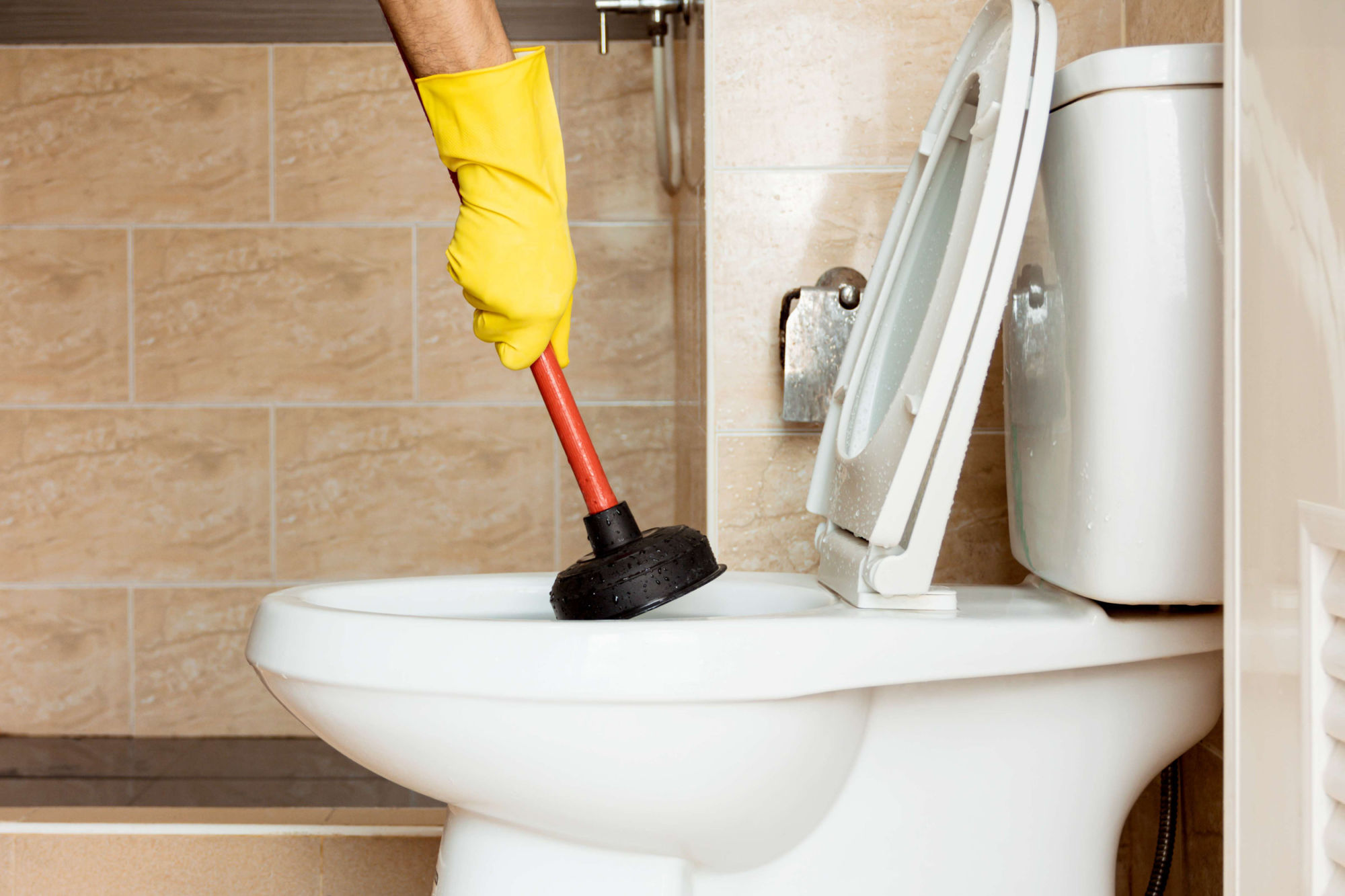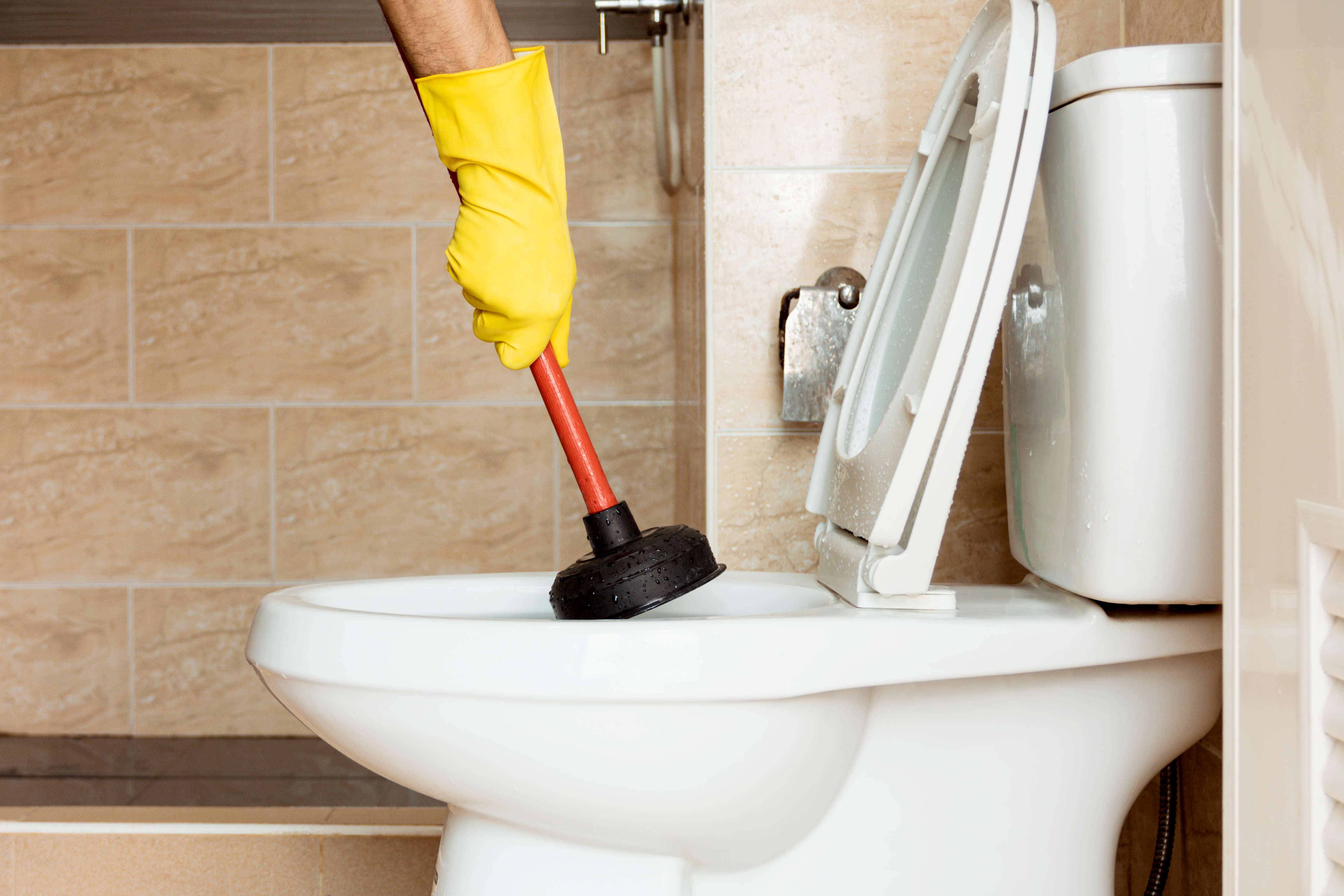Toilet clogs are not only disgusting, but they may also cause damage to floors and plumbing pipes, requiring costly repairs. Only human waste and toilet paper should go down the drain, yet even too much of these flushed at once can cause a clog. You can avoid this by knowing what not to flush, when to use a plunger, and how to keep unsuitable stuff from going down the pipes.
Clogged toilet bowls are one of the most common plumbing issues we encounter both at home and in public bathrooms. Flushing non-flushable objects, a blockage on the plumbing vent, old pipework, a damaged flapper, and other issues require the help of a plumber and will almost certainly result in a costly repair.
However, the most common cause of unclogged toilets is improper usage. Here are some things to keep in mind to avoid toilet clogs.
1. Proper flushing.

Photo Courtesy: Ford’s Plumbing and Heating
Yes, there is such a thing as proper flushing. Most people flush stuff down the toilet without realizing they are causing clogs. Even if you only flush toilet paper and waste down the drain, clogs can occur. Too much of this waste being flushed is a common cause of this.
When flushing toilet paper, only flush 2-3 ply at a time to avoid blockage. Flushed continuously. These sizeable amounts clump together, causing only the outside portion of the waste and toilet paper to dissolve, causing a blockage.
PRO TIP: Double flush. You might need to flush twice if there is a large amount of waste or toilet paper in the bowl.
Here’s how it goes: You can flush the toilet first after disposing of your waste before disposing of the tissue paper. After that, flush it a second time to ensure that all the tissue paper has gone down the drain. You can also split your tissue paper consumption across the two flushing rounds.
However, a toilet that needs to be flushed frequently might be clogged or has a plumbing problem.
RELATED: 8 Most Common Plumbing Problems and Plumbing Tools
2. Do not flush non-flushable items.
Sewage pipes can only handle a certain number of substances, even if your toilet has a robust flushing system. Something may prevent feces from pouring out of a toilet bowl while it’s jammed. Here’s a list of items that you should never flush down the toilet:
- Pads and tampons. Aside from expanding when flushed, feminine items like these take a long time to decompose in the sewer system, therefore they should not be disposed of in the toilet bowl.
- Paper towels and cleaning wipes. You should definitely avoid flushing these down the toilet. Try compostable paper towels, which are made of 100% recycled material and can be thrown away.
- Q-tips and cotton balls. When they get wet, these items can form clumps and clog your pipes.
3. Keep your bathroom items away from the toilet.

Photo Courtesy: Pinterest
Objects falling into the toilet are accidentally flushed, causing a clog. Never use the toilet tank as additional counter space. Keep the area around the toilet bowl free of items that could fall in and cause harm, minimizing the chances of a major clog or other issues.
As a safer alternative to flushing down the toilet, provide a waste bin or tiny bin in the bathroom.
RELATED: Kitchen Sink Not Draining? Here are 5 Methods to Unclog It
4. Cleaning toilet regularly is the key.
Photo Courtesy: The Painted Drawer
As toilet bowls are more prone to germs, we should clean them regularly with toilet bowl cleaner and disinfectant spray. Cleaning your toilet also allows you to observe whether there is any water leaking or pooling on the floor. This practice will not only help you maintain a clean bathroom, but it will also allow you to take urgent action by spotting potential leaks earlier.
PRO TIP: Avoid using chemical DRAIN cleaners.
Chemicals in drain cleaners cut through whatever is clogging the drain. Unfortunately, these strong chemicals have the potential to cause damage to pipelines, leading to higher congestion. Using chemical drain cleaners regularly for an extended period can form holes in your pipes, prompting pipe replacement.
5. Inspect your toilet’s inner workings.

Photo Courtesy: Family Handyman
This should be done to make sure everything is in working order. To do this, flush the toilet after removing the tank cover. Look for signs of malfunction, such as a leaking flapper or a faulty fill valve. To address issues like slow drains, clogged toilet pipes and other issues that suggest the need for a professional plumber’s help.
You may also want to have some professional to check if your toilet trap is clogged. An S-shaped trap lies between the toilet bowl and the drain line. The toilet’s trap, like the others, catches foreign objects and keep them from entering the drain, where they could cause a clog. This is a common location for items to become stuck in the fixture.
RELATED: 6 Effective Methods to Remove Rust on Your Bathroom Fixtures
As a closing precaution, make sure that only flushable items are going down the drain and monitor your toilet regularly to avoid it being clogged. It is more probable that you will save time and money in the long run if you take care of any cleaning and repair work that has to be done as soon as possible.
CITATIONS:
- Miller, R. (2017, November 21). How to Prevent Clogged Toilets. Home Guides | SF Gate. https://homeguides.sfgate.com/prevent-clogged-toilets-39450.html
- Williams Comfort Air. (2020, September 1). Why Does My Toilet Keep Clogging? https://williamscomfortair.com/knowledge-center/toilet-keeps-clogging/
- Murray, D. (2021, May 5). Reasons for a Clogged Toilet and How to Prevent the Problem. Happy Hiller. https://happyhiller.com/blog/reasons-for-a-clogged-toilet-and-how-to-prevent-the-problem/
![]()









